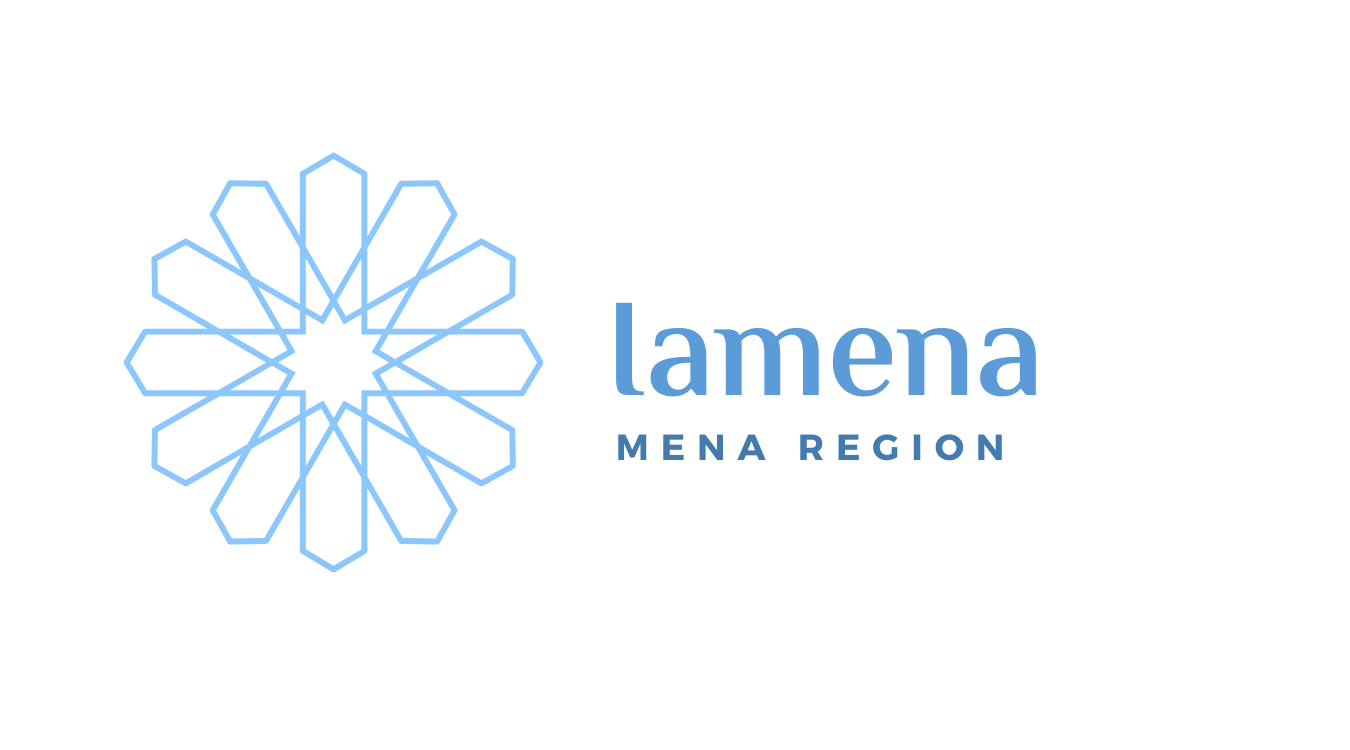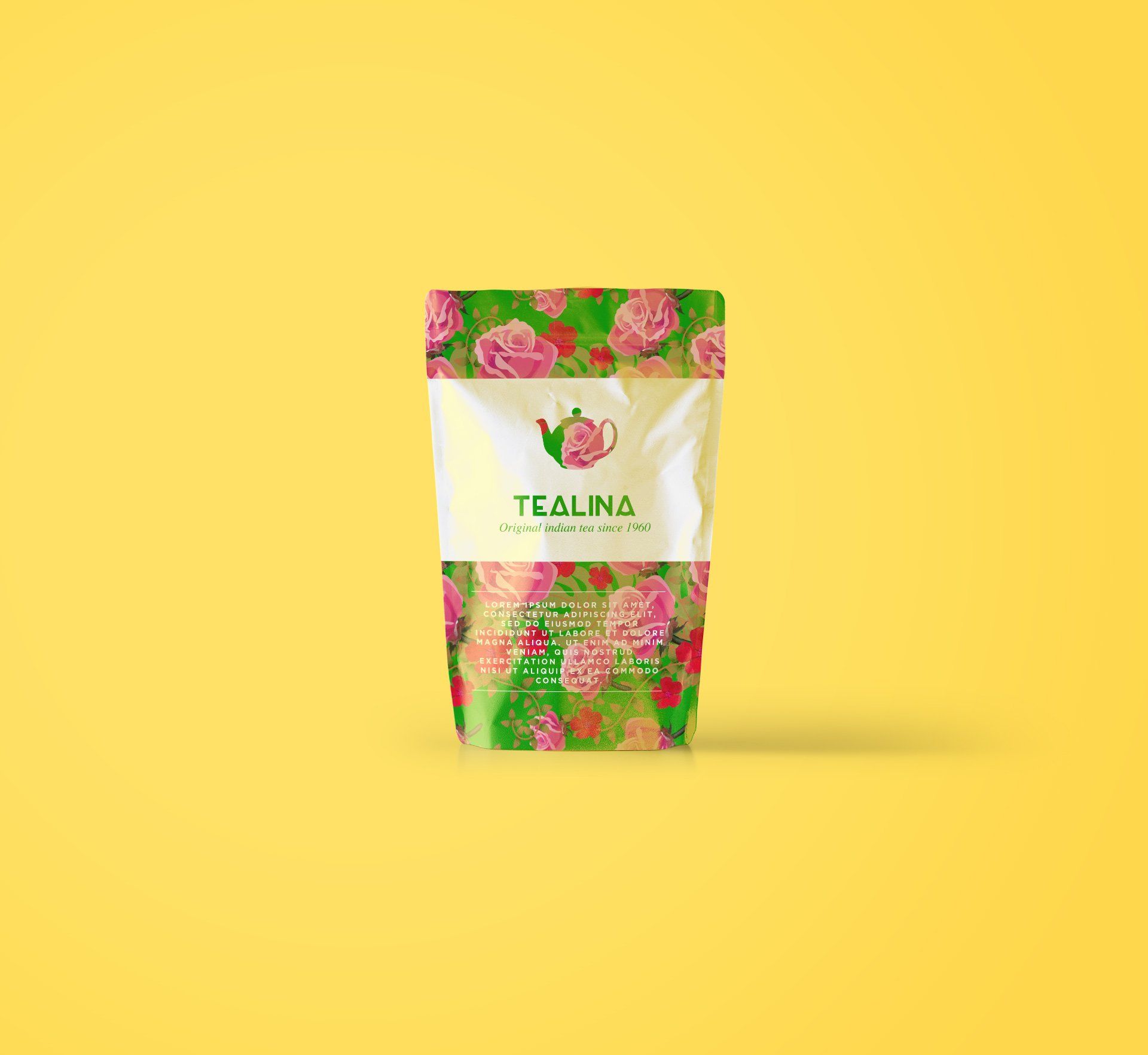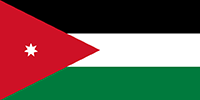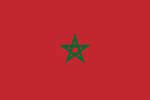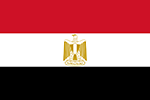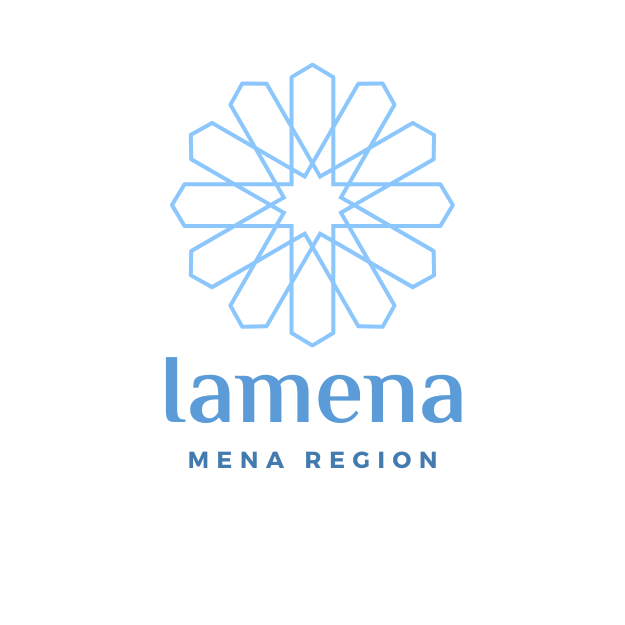- Population:6.6 million (2014)
- Inflation:2.8 % (2014)
Jordan, officially the Hashemite Kingdom of Jordan, is a kingdom on the East Bank of the River Jordan. The country borders Saudi Arabia to the east and south-east, Iraq to the north-east, Syria to the north and the West Bank and Israel to the west, sharing control of the Dead Sea. Jordan’s only port is at its south-western tip, at the Gulf of Aqaba, which is shared with Israel, Egypt, and Saudi Arabia. Over half of Jordan is covered by the Arabian Desert. However, the western part of Jordan is arable land and forests. Jordan is part of the Fertile Crescent. The capital city is Amman.
Modern Jordan is predominantly urbanized. Jordan is classified as a country of “high human development” by the 2010 Human Development Report. Furthermore, The Kingdom has been classified as an emerging market with a free market economy by the CIA World Fact Book. Jordan is also considered to be an “upper middle income” economy.

